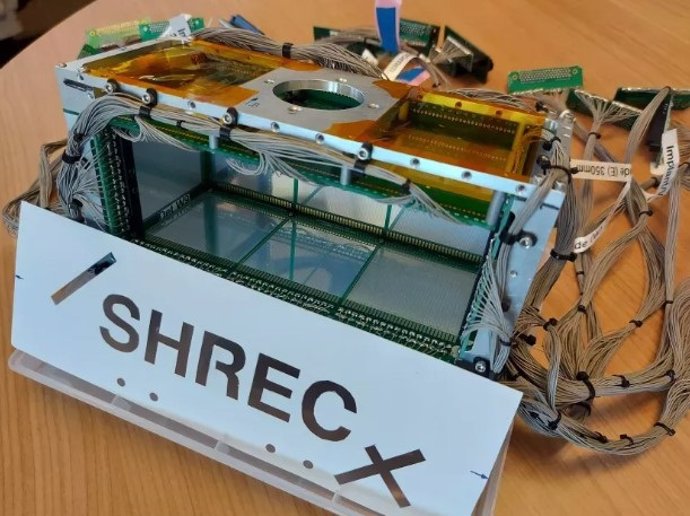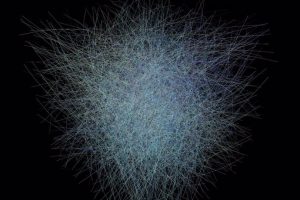The heart of the detector is a small box containing 14 custom silicon wafers. -DIRK RUDOLPH
Oct. 25 () –
The search for new elements is born from the dream of finding a variant stable enough to have a long useful life and not prone to immediate disintegration.
There is a theory in nuclear physics about an island of stability of superheavy elements. This is a potential zone at the top of the periodic table of as-yet-undiscovered elements that could remain stable for more than a few seconds. The objective is to explore the stability limits of atomic nuclei.
In a study involving Lund University (Sweden), researchers have tested a new method to observe the element livermorium, which has 116 protons in its atomic nucleus.
The research shows that the new method is a promising advance to embark on the mission of producing element 120, which would be the heaviest element to date. The work is published in the magazine Physical Review Letters.
“Eight days into the experiment we were able to detect a livermorium nucleus in our detector, which shows that we had chosen a pretty good setup from the beginning,” says Dirk Rudolph, one of the Lund University researchers who participated in the experiment. the new study.
The experiment campaign was carried out at the Berkeley Laboratory in the United States. Dirk Rudolph and his colleagues at Lund are proud to have been commissioned to supply the new detection system for the extensive experiments at Berkeley. Lund’s detector, called SHREC, was brought to the United States in the researchers’ carry-on luggage. The heart of the detector is a small box containing 14 custom silicon wafers.
For research on superheavy elements, you first need an accelerator that emits an intense ion beam, which is then focused on a target. The target consists of a thin layer of an element heavier than uranium. The product formed during the fusion reaction can be recorded in a detection system after efficient separation.
“I’m very proud that SHREC worked like clockwork in the experiment, right after we brought it from Lund,” he says. in a statement Pavel Golubev, the detector expert on Lund’s team.
The livermorium experiment will continue for the rest of the year, after which the researchers plan to begin work on attempting to produce the 120th element, which could take several years.








![[Img #74675]](https://thelatestnews.world/wp-content/uploads/2024/12/They-discover-a-new-class-of-X-ray-sources-in-the-150x150.jpg)




![[Img #74675]](https://thelatestnews.world/wp-content/uploads/2024/12/They-discover-a-new-class-of-X-ray-sources-in-the-300x200.jpg)

Add Comment